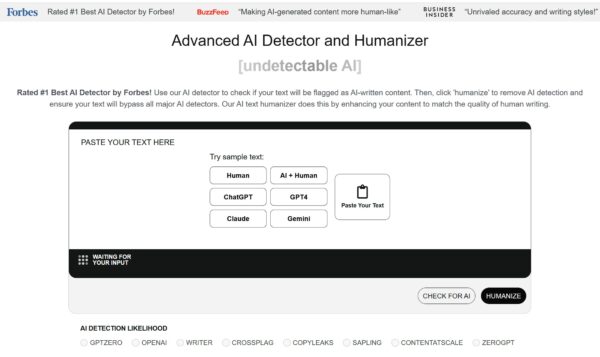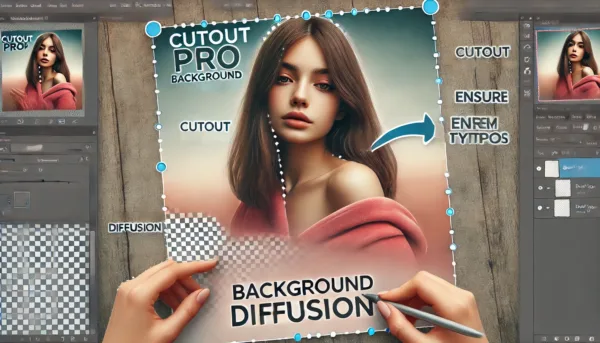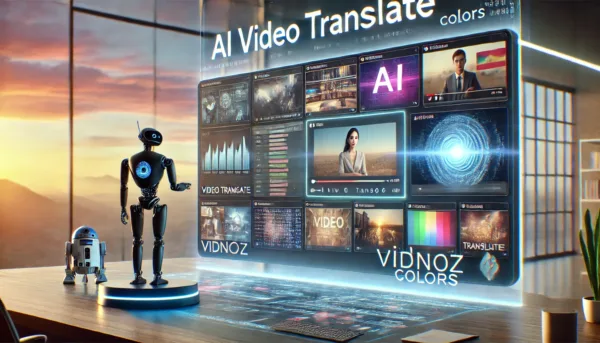Sora, the latest innovation by OpenAI, is a quantum leap in AI-powered content creation. This text-to-video model is unique in its ability to create up to a minute-long videos of high quality that maintain excellent faithfulness to user prompts. The goal of Sora is to give red teamers, visual artists, designers, and filmmakers an unparalleled way to evaluate potential harms and improve creative work.
Technically it is a diffusion transformer model, that is it marries the type of image generation model behind Stable Diffusion with the token-based generators powering ChatGPT.
The tool was launched in December 2024, however account creation is currently unavailable due to heavy traffic:

What is Sora AI?
Sora is the newest, state-of-the-art diffusion model, which takes static noise and, through a complex intermediate process, produces highly dynamic, detailed videos. It does very well in creating complex, multi-character scenes with specific motions and backgrounds that are very detailed. Powered by deep knowledge of language, Sora interprets prompts with exceptional precision to craft video responses that exude rich character and emotional depth. Moreover, Sora produces multi-shot videos with consistent characters and visual styles, setting a new standard for AI video creation.

How to Use Sora AI
To use Sora AI you first need to get access to it!
Sora is becoming available to red teamers to assess critical areas for harms or risks. As explained here, OpenAI is currently granting access to a number of visual artists, designers, and filmmakers to gain feedback on how to advance the model to be most helpful for creative professionals.
OpenAI is sharing their research progress early to start working with and getting feedback from people outside of OpenAI and to give the public a sense of what AI capabilities are on the horizon.
Pros
- High-Quality Video Generation: Generates minute-long videos with detailed scenes and characters.
- Complex Scene Management: Handles multiple characters and specific types of motion effectively.
- Language Understanding: Deep language comprehension for accurate prompt interpretation.
- Creative Flexibility: Supports various creative domains by generating multiple shots and maintaining visual consistency.
Cons
- Physics Simulation Limitations: Struggles with accurately simulating complex physics and cause-effect scenarios.
- Spatial Detail Confusion: May mix up spatial details, such as left and right.
- Temporal Precision: Faces challenges with precise descriptions of events over time.
Pricing
As Sora is currently in a feedback and assessment phase with access limited to selected professionals (after it got blocked due to heavy traffic), pricing details are yet to be announced. Future updates from OpenAI will provide information on availability and pricing structures for broader use.
Use Cases
- Creative Industries: Film making, animation, and design can leverage Sora for prototyping and creative exploration.
- Education: Offers a tool for creating educational content that is engaging and informative.
- Content Creation: Streamlines the production of dynamic video content for digital platforms.
Safety Measures
OpenAI is taking significant steps to ensure Sora’s responsible use by implementing safety measures like adversarial testing, misleading content detection, and compliance with usage policies. These measures aim to mitigate risks associated with misinformation, bias, and inappropriate content.












Leave a Reply
You must be logged in to post a comment.